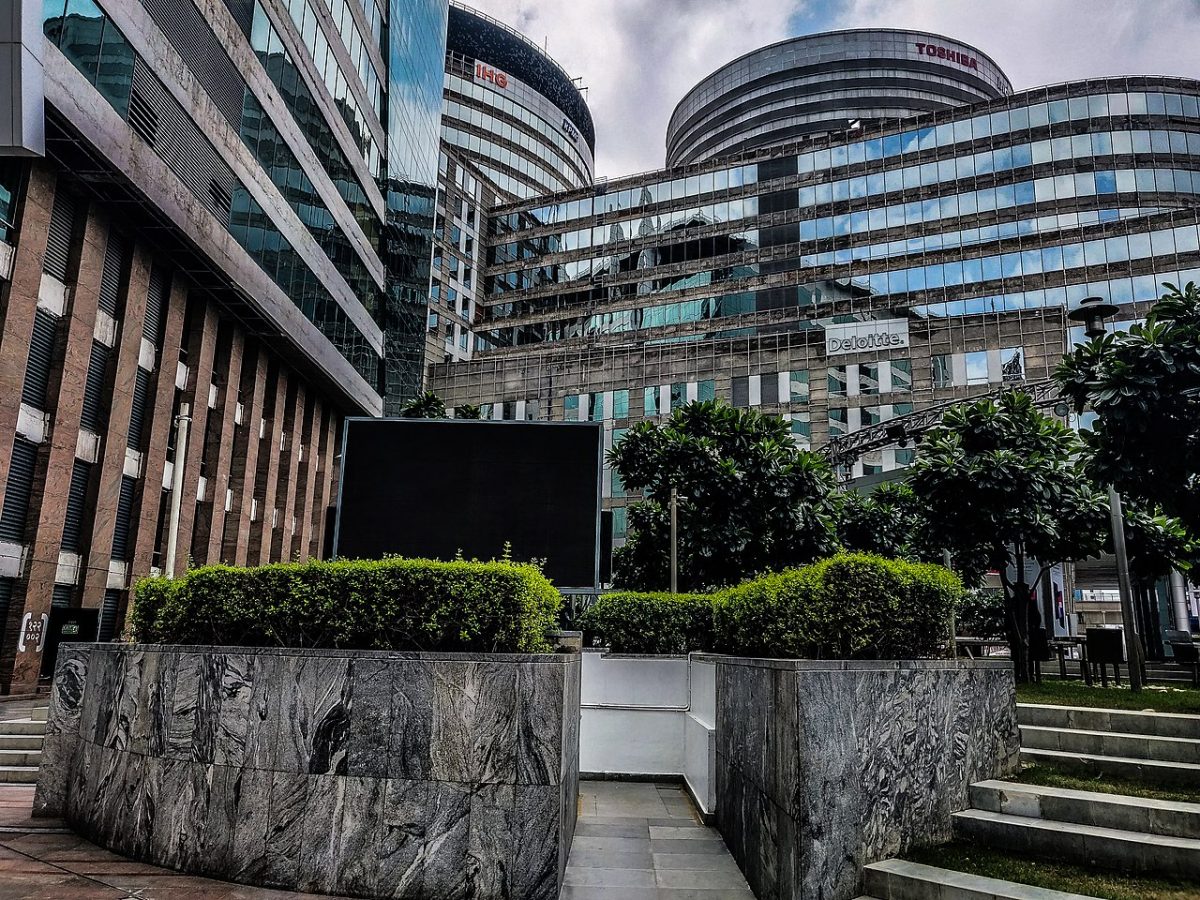Government policies play a crucial role in shaping the commercial real estate market, affecting everything from property prices to investment attractiveness. Two significant policies in India are the Goods and Services Tax (GST) and the Real Estate Regulation and Development Act (RERA). Here’s a discussion on how these policies impact the commercial real estate market:
Goods and Services Tax (GST)
Overview:
Implemented on July 1, 2017, the GST is a comprehensive, multi-stage, destination-based tax that is levied on every value addition. It subsumed various indirect taxes, creating a unified tax structure.
Impact on Commercial Real Estate:
1. Taxation and Compliance:
– Simplification of Tax Structure: GST replaced multiple taxes such as VAT, service tax, and excise duty, leading to a more streamlined tax regime. This simplification helps businesses by reducing the tax compliance burden.
– Input Tax Credit (ITC): Under GST, developers can avail ITC on construction materials and services, reducing the overall cost of construction. This benefit can potentially be passed on to buyers, making commercial properties more attractive.
2. Cost of Construction:
– Reduced Costs: The availability of ITC helps in lowering the cost of construction materials like cement and steel. This reduction can translate into lower project costs and potentially lower property prices.
– Transparency: GST implementation has brought more transparency to the taxation process, reducing the chances of under-the-table transactions and fostering a more formal market.
3. Market Dynamics:
– Impact on Leasing and Rentals: The unified tax system under GST can lead to more straightforward and transparent leasing and rental agreements, benefitting both landlords and tenants. However, the tax on rentals (18%) can slightly increase the cost for tenants.
– Increased Investor Confidence: The streamlined tax structure and enhanced transparency can attract more investors to the commercial real estate sector, boosting market activity.
Real Estate Regulation and Development Act (RERA)
Overview:
Enacted in May 2016, RERA aims to protect homebuyers and boost investments in the real estate sector by ensuring greater accountability and transparency.
Impact on Commercial Real Estate:
1. Regulatory Framework:
– Increased Accountability: RERA mandates that all commercial projects be registered with the Real Estate Regulatory Authority. Developers must provide regular updates on project progress and adhere to specified timelines, enhancing accountability.
– Consumer Protection: By ensuring that developers adhere to their promises regarding project specifications and delivery dates, RERA protects investors and end-users, thereby increasing trust in the market.
2. Market Transparency:
– Enhanced Transparency: RERA requires detailed disclosures of project plans, layout, and government approvals, reducing information asymmetry. This transparency helps buyers make informed decisions and fosters a healthier market environment.
– Reduced Fraudulent Practices: With stringent penalties for non-compliance, RERA discourages fraudulent practices, ensuring that the market operates more ethically.
3. Impact on Project Timelines and Costs:
– Timely Project Delivery: The emphasis on timely delivery of projects can reduce the risk of project delays, which is crucial for commercial real estate where time-to-market is often critical.
– Compliance Costs: While RERA enhances transparency and accountability, it also increases compliance costs for developers. These costs may be passed on to buyers, potentially affecting property prices.
4. Investor Confidence:
– Boost to Investor Confidence: The regulatory framework of RERA enhances the confidence of institutional and retail investors by ensuring a more predictable and stable market environment. This can lead to increased investment in commercial real estate.
Combined Impact
The combined effect of GST and RERA on the commercial real estate market is significant. GST’s streamlined tax structure and ITC benefits, coupled with RERA’s emphasis on transparency and accountability, create a more investor-friendly environment. This can lead to increased foreign and domestic investments, driving growth in the commercial real estate sector. However, developers must navigate the increased compliance costs and adjust their strategies to remain competitive in this evolving landscape.
In summary, government policies like GST and RERA have profoundly reshaped the commercial real estate market in India. While they present certain challenges, the overall impact has been to create a more transparent, accountable, and attractive market for investors and developers alike.



